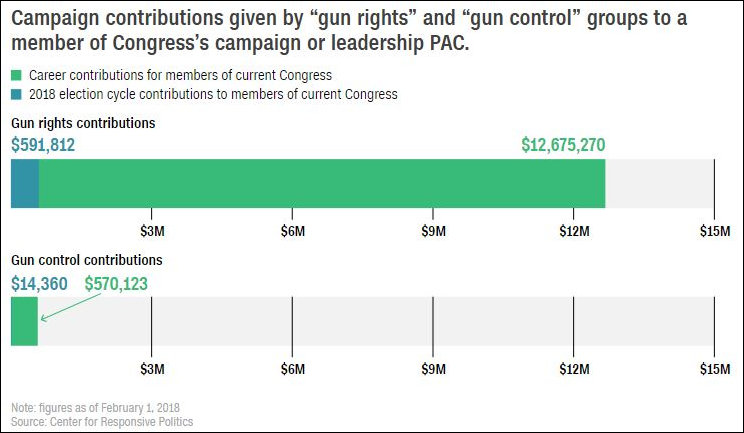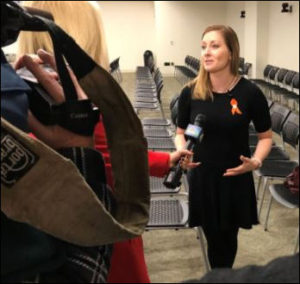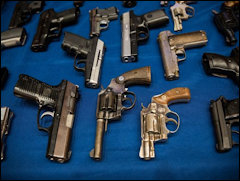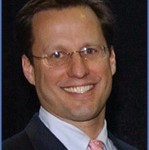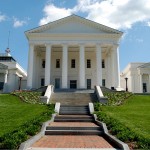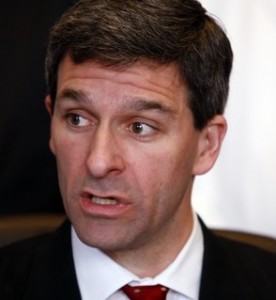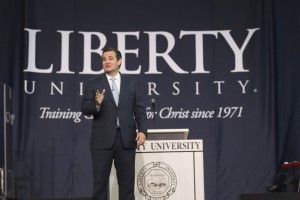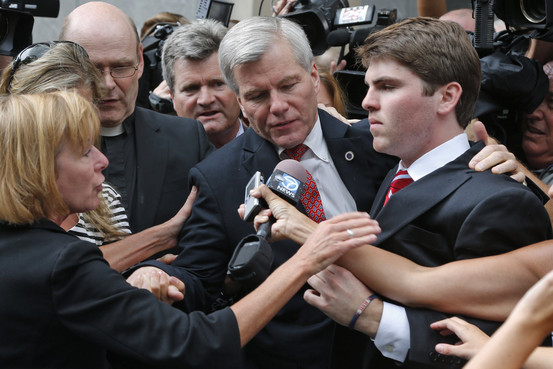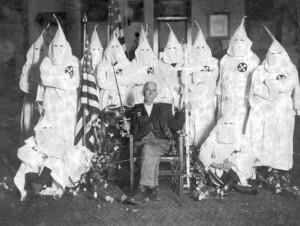 By Peter Galuszka
By Peter Galuszka
I was looking through a some old clips today and spotted this Golden Oldie that ran in the Jan. 30, 2000 edition of BusinessWeek magazine where I worked for about 15 years. Bloomberg now owns rights to it and I hope they don’t mind me re-running it.
Mindful of the lofty rhetoric one reads on this blog about being Southern and symbols, I thought this might be an interesting read about how nothing is sacred. Not the Confederate Flag. Not even Stonewall Jackson.
It also shows how little things change. The flag and statues of Confederate generals are still flashpoint issues and people like GOP presidential candidate hopeful Donald Trump are running around making offensive statements about Mexican immigrants. (For the record, the late U.S. Sen. Robert Byrd of West Virginia had been a Klan member early in his life and he later renounced his membership).
The Ku Klux Klan rally I covered was on Nov. 6, 1999.
Here goes:
Letter From West Virginia
The High Price of a Klan Rally
Studying me solemnly from across his desk, Thomas A. Keeley sighs and says in his West Virginia twang: “I have to take care of my people.” I kid Tom that he sounds like the sheriff who was battling coal-company thugs in the 1988 movie Matewan. Tom grins. He puts up with me, since we go back 35 years–to grade school here in Clarksburg, a town of 18,000 nestled in the hills of central West Virginia. Today, Tom, as president of the Harrison County Commission, is the county’s top elected official, and I’ve come to find out how he intends to take care of “his people” in what could be one of the biggest crises Clarksburg has ever faced.
In two days, the Knights of the White Kamellia, one of 55 units of the Ku Klux Klan, will hold a rally on the front steps of the Harrison County Courthouse in downtown Clarksburg. The Klan picked the spot because of its dramatic statue of Confederate General Thomas J. “Stonewall” Jackson, born in Clarksburg in 1824. The Klan figures that Stonewall, riding north against the Yankees, will make a dandy prop for its November rally. So will the 70 state troopers, city police, and county deputies who will be providing the security. The Klan believes that the police presence not only will make it appear to be an oppressed group but will also increase the media coverage.
The city-county expense for the Clarksburg rally will be about $50,000–pin money compared with what 40 cities spent in 1999 hosting the Klan. Security at Cleveland’s August rally ran $600,000, although only 21 Klansmen showed up. But Harrison County is in the heart of the Appalachian poverty belt, and it desperately needs the money for other things. The hamlet of Marshville, for example, badly needs help, since its groundwater has been polluted by coal mines. “It’s costing us a lot of money to accommodate a bunch of white-trash bigots, and you can quote me on that,” says Tom, leaning back in his rumpled suit.
But he doesn’t have much choice. Not only is the Klan making noise, but a far more dangerous ultra-right-wing group is also active locally: the Mountaineer Militia, a cabal of heavily armed survivalists ready to fight what they consider excessive federal power. Militia members from the Clarksburg area hatched an Oklahoma City-style plot in 1996 to bomb the new $200 million FBI fingerprinting center in Clarksburg. The installation employs 3,000. After the FBI infiltrated the group, five men were convicted or pleaded guilty to explosives charges; one was convicted of selling blueprints of the center.
IDENTITY CRISIS. Taking a cue from New York Mayor Rudolph Giuliani, who has also had to deal with a Klan demonstration, Tom is forbidding the wearing of masks at the rally, figuring that fewer Klansmen will show up if they are not able to keep their identity secret. At this point, nobody is sure who they are. The only known Klansman is Cletus Norris, who wrote Tom the letter announcing the rally, using a post office box in Grafton, 20 miles to the east. Norris is a former road worker, once employed by the city. The next day, as I drive to Grafton in search of Norris, I try to recall if the Klan had been active when I lived here back in the 1960s.
In the Deep South at that time, the Klan was bombing black churches and killing civil-rights workers. But from what I remember, not much happened here. Besides, Klansmen in these parts traditionally weren’t so much antiblack (there were few blacks here) as anti-Catholic. That was in reaction to the Italian immigrants who streamed into the area in the 1800s to build the Baltimore & Ohio’s main line to St. Louis, taking jobs away from Protestant backwoods types. The animosity was resolved naturally over the years as boy met girl and both defied ethnic hostility. Today, largely due to intermarriage, 40% of local folk are of Italian descent.
As luck would have it, driving down a Grafton street, I spot a parked gray Dodge pickup with bumper stickers bearing Confederate flags and the slogan, “Racial Purity Equals American Security.” Bingo! I walk up the crumbling concrete stairs to a yellow clapboard house and knock on the door. A slim man with a reddish-blond beard answers. “I am the Grand Dragon,” confirms Cletus Norris. He invites me to sit in the warm autumn sun on the front porch of his parents’ house. The experience is unnerving because for an hour, this 33-year-old is talking softly, pleasantly, almost seductively, but is expounding truly hateful ideas. At one point, Norris asks gently, “You aren’t Jewish, are you?” I reply: “No, but I am Catholic.” Norris says: “That’s O.K.”
A Klansman for five years, Norris claims his group is peaceful and interested only in protecting white rights. “Our rally,” Norris reassures me, “will set a lot of minds at ease. They’ll listen to us and see that we’re just normal Christian men.” Their agenda? “By the year 2040, we will be outnumbered by the combined nonwhite races of this country, and whites won’t get a fair shake.” The message is spreading through cyberspace. “We have some people in Europe and Australia, thanks to the Internet,” he says, as he hushes a dog barking inside the house. Norris insists he doesn’t hate blacks, only “race-mixing.” As for Mexicans, the border to the south should be closed. And Jews? “Christ didn’t have one good thing to say about the Jews.”
Later, I contact Mark Potok, editor of The Intelligence Report of the Southern Poverty Law Center, a Montgomery (Ala.) nonprofit that tracks hate groups. He says Klan membership is static at about 5,000, but that 200,000 belong to other hate groups: Membership in those groups is increasing 25% a year.
PEPPER GAS. The following day–rally day–the police are nervous. Clarksburg looks as if it’s occupied by an invading army. Police vehicles include a bomb disposal truck. There are SWAT teams wearing black Wehrmacht-style helmets and face masks. “If things really get out of hand,” says policeman J.P. Walker says at a press briefing, “you’ll hear a siren, and then you’ve got 10 seconds until the pepper gas goes off.” The rally site has three fenced-in pens–one for Klan supporters, one for the press, and one for protesters. Participants must go through detectors, and attendees can’t bring in anything more than a car key.
Right on time, Norris, head up and confident-looking, dressed in white robe, leads the Klan parade out of the courthouse onto the front plaza, right past Stonewall. He is followed by eight Klansmen and two Klanswomen in brightly colored robes and hoods–no masks. About 150 protesters and 20 supporters shout insults at each other. “This country will go down the tubes,” shouts Norris, but he is barely heard above the noise because Tom won’t allow loudspeakers. When a rumor sweeps the crowd that one Klanswoman is a local English teacher (which turns out to be false), she yells good-naturedly: “There’ll be a test Monday morning.”
After two hours without incident and only one arrest–for disorderly conduct–the Klanspeople are escorted to a city parking lot, where they get into three cars, with Missouri, Ohio, and Virginia plates. Norris announces that a rally the next day in Fairmont, 20 miles north, has been canceled. Is that because the mayor refuses to provide security, I ask? “No, we just don’t want to make a nuisance of ourselves,” Norris says. The irony of that is not lost on one police officer. As he waves to the departing caravan, he mutters: “Goodbye, you sons of bitches–and to think I had seats on the 50-yard line at the West Virginia-Virginia Tech game today.”
By Peter Galuszka; Edited by Sandra Dallas
 The United States Secret Service, probably not a tool of the gun-loving American right, has just issued a report on 2018 mass shootings with a strong focus on the mental health problems displayed by the shooters. Clearly it didn’t get the same memo received by our friends at Blue Virginia, who think any such discussion unfairly stigmatizes the mentally ill and distracts from the real villains: guns themselves.
The United States Secret Service, probably not a tool of the gun-loving American right, has just issued a report on 2018 mass shootings with a strong focus on the mental health problems displayed by the shooters. Clearly it didn’t get the same memo received by our friends at Blue Virginia, who think any such discussion unfairly stigmatizes the mentally ill and distracts from the real villains: guns themselves.
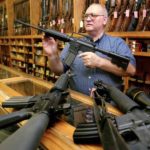
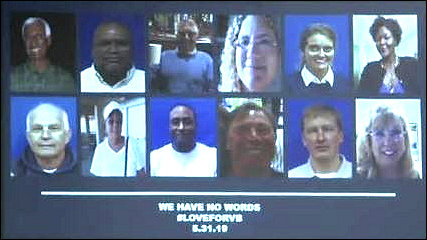


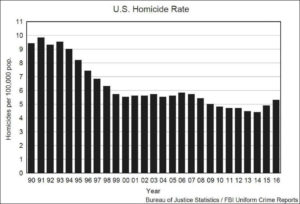
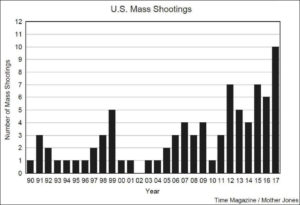
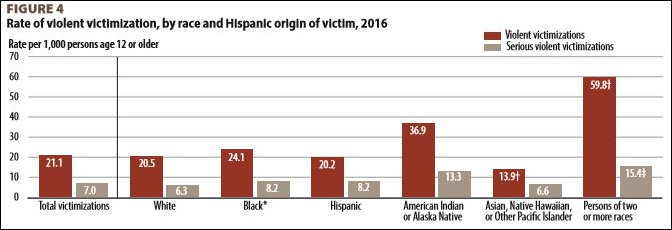
 So, I listened this weekend to some of the speeches in the “March for Our Lives” protest against guns, and heard a lot of criticism of the National Rifle Association for buying votes through its enormous campaign contributions. Then I saw
So, I listened this weekend to some of the speeches in the “March for Our Lives” protest against guns, and heard a lot of criticism of the National Rifle Association for buying votes through its enormous campaign contributions. Then I saw 